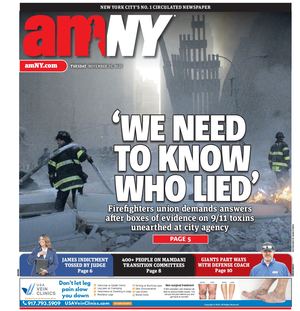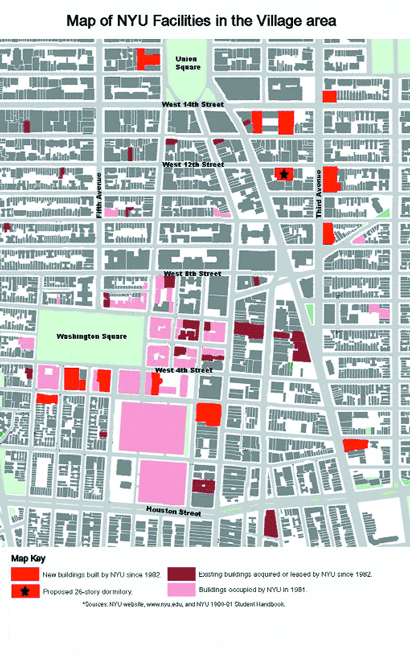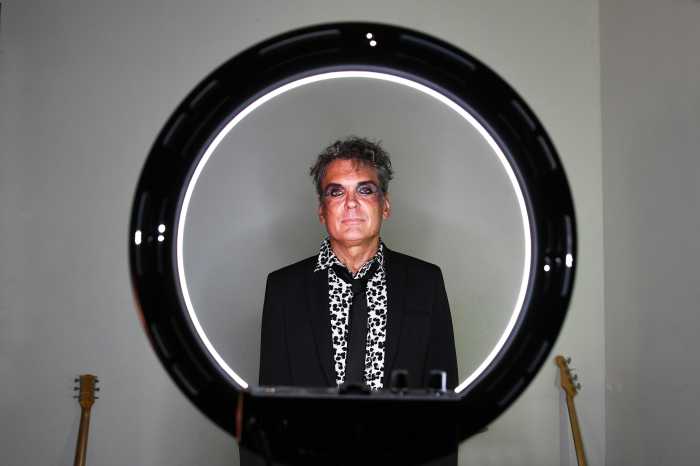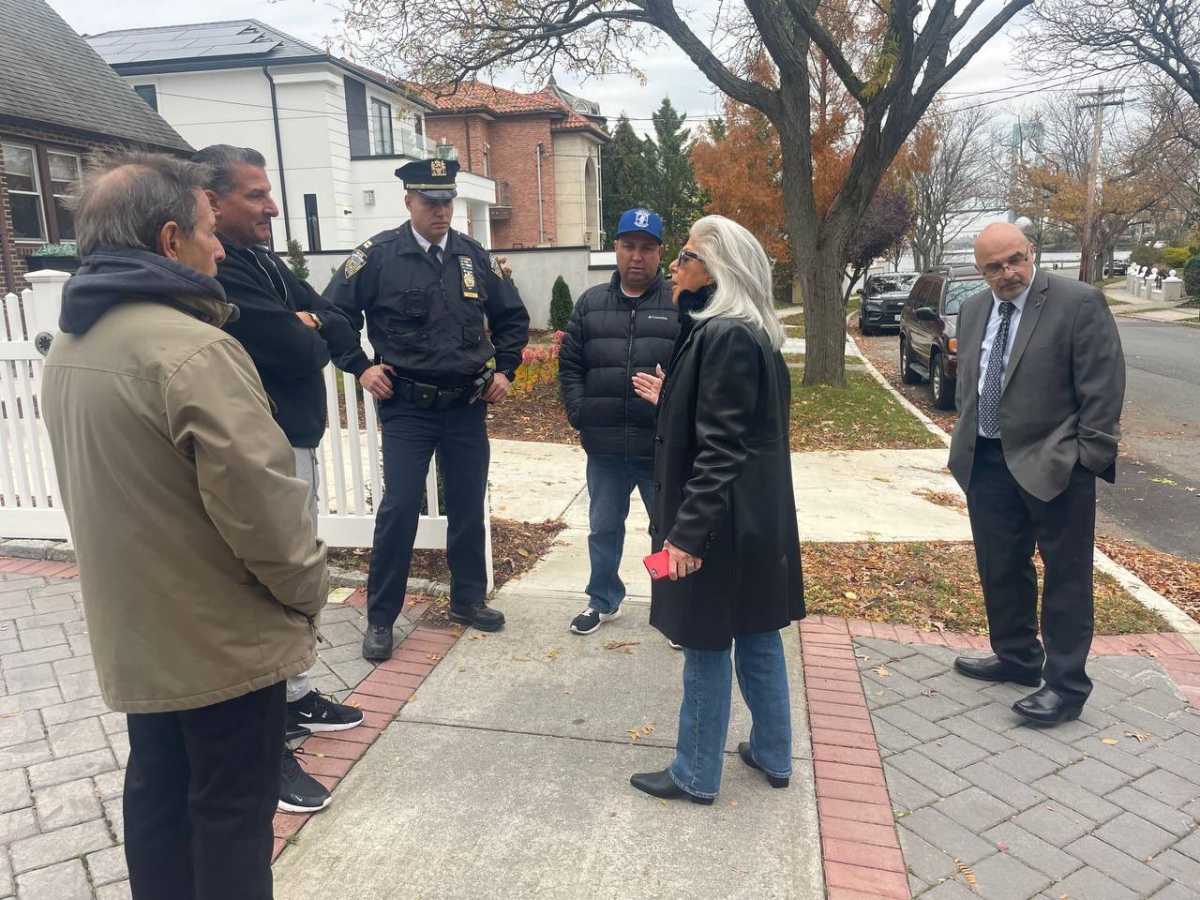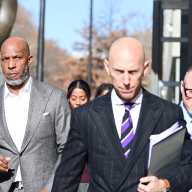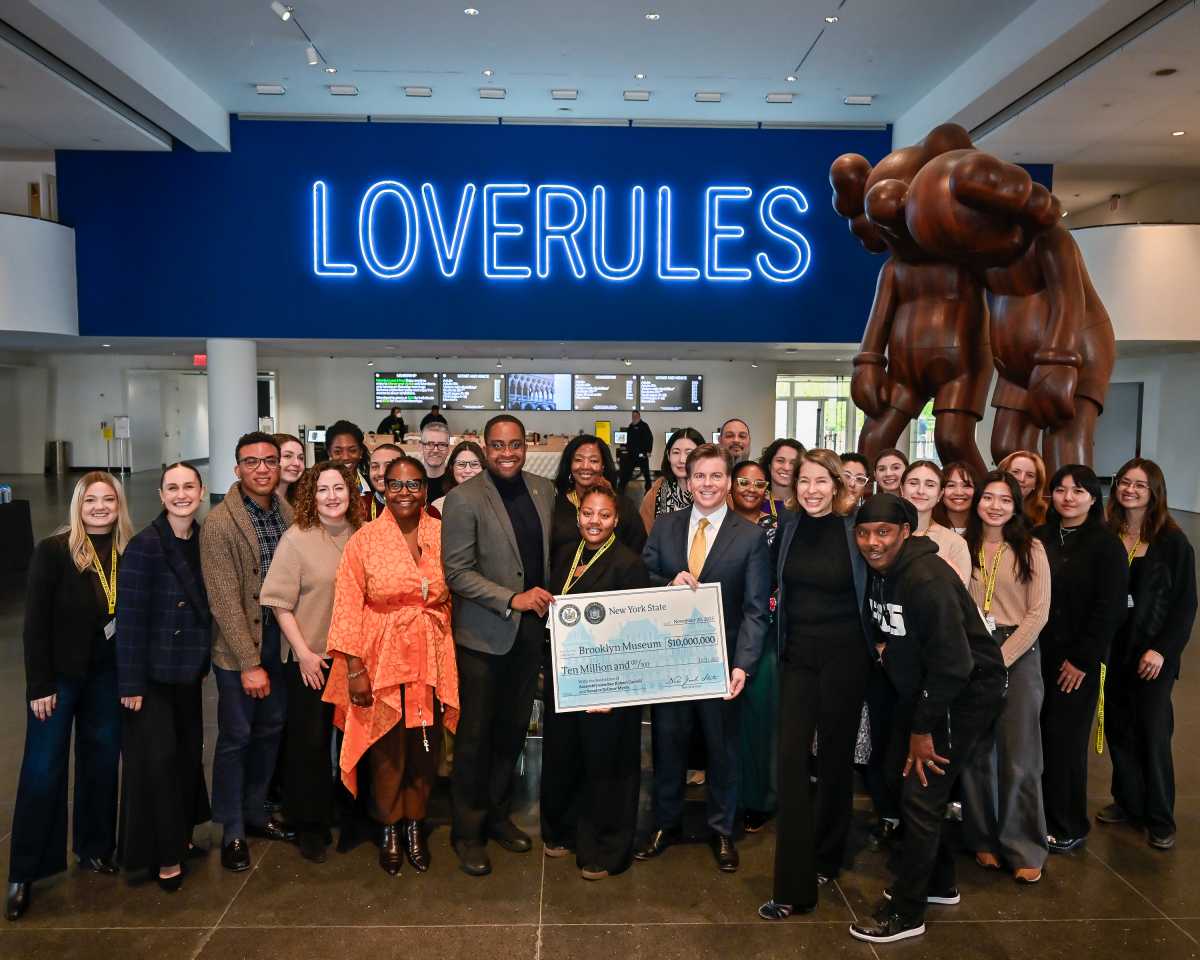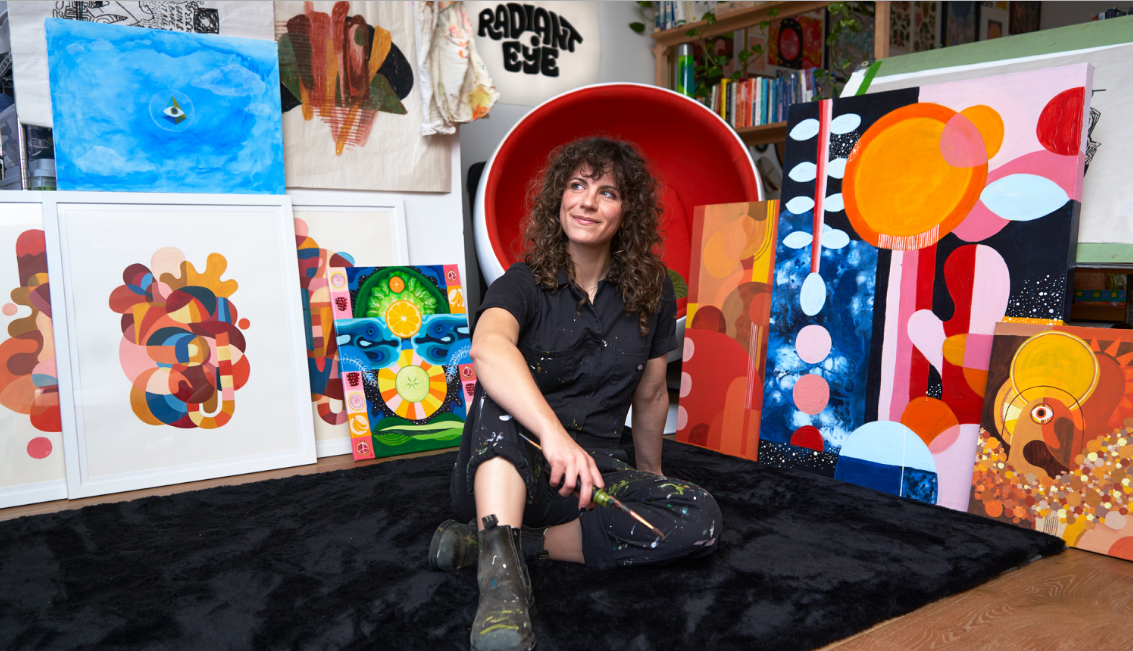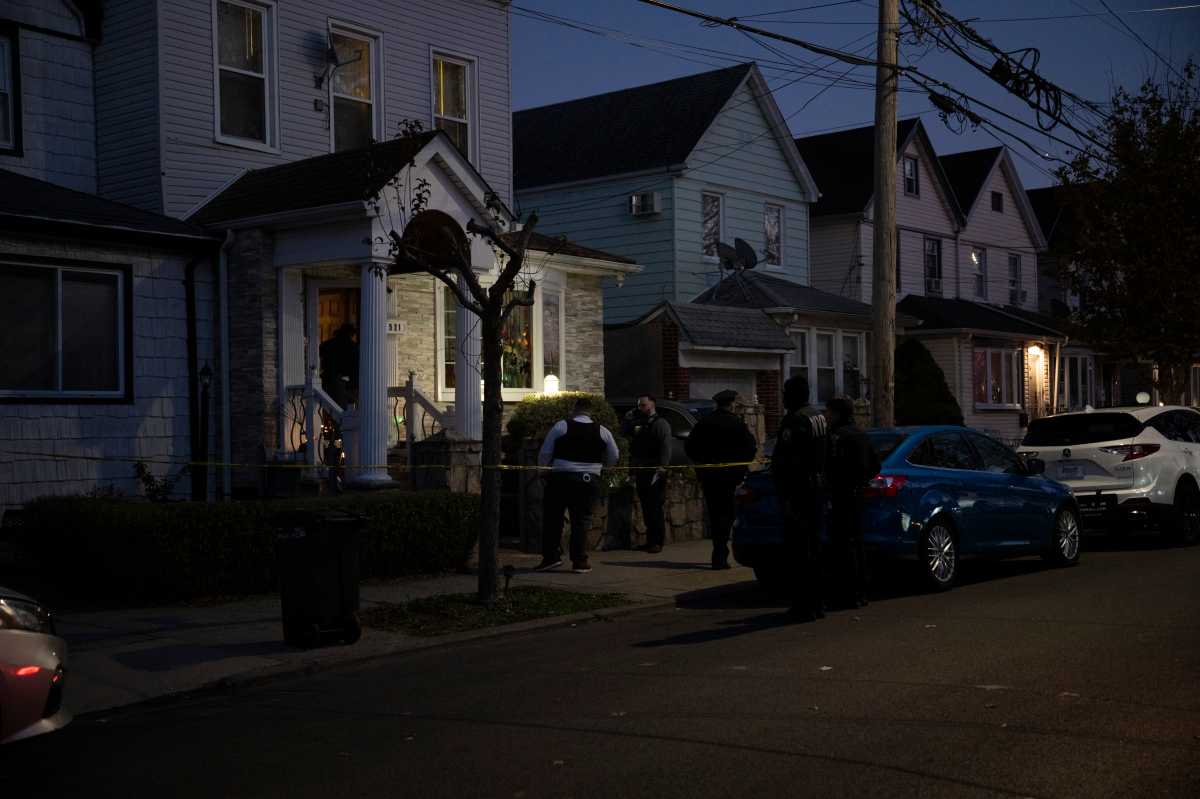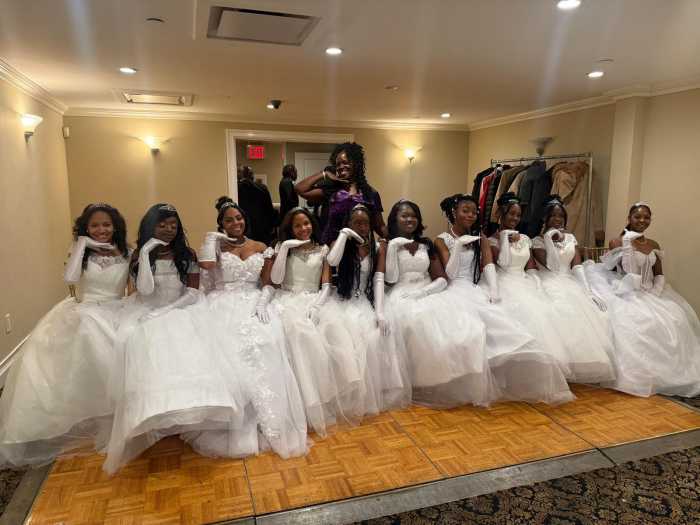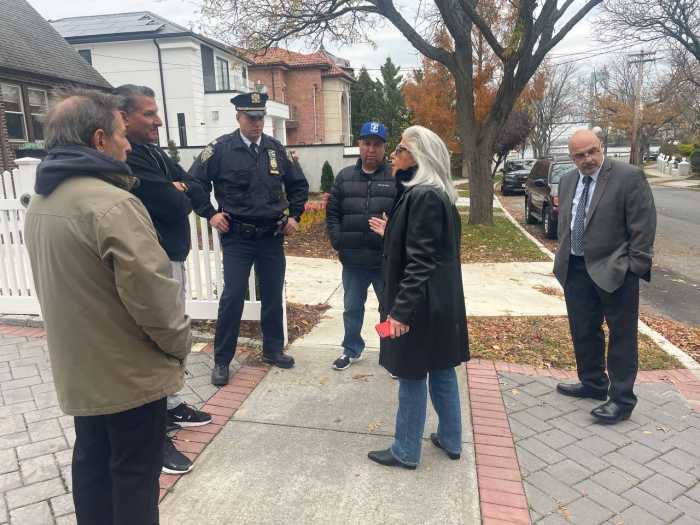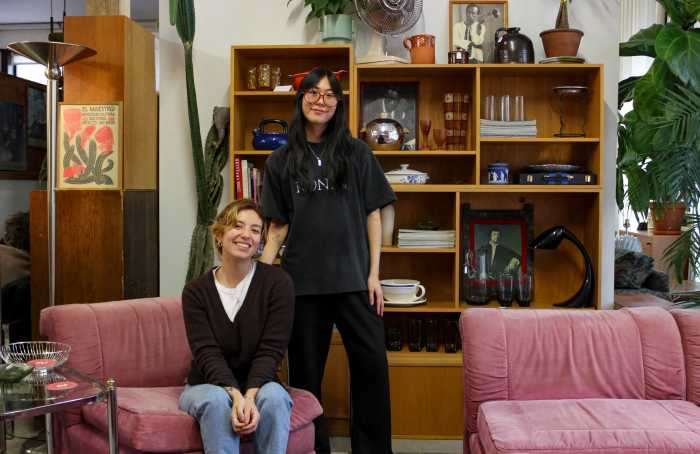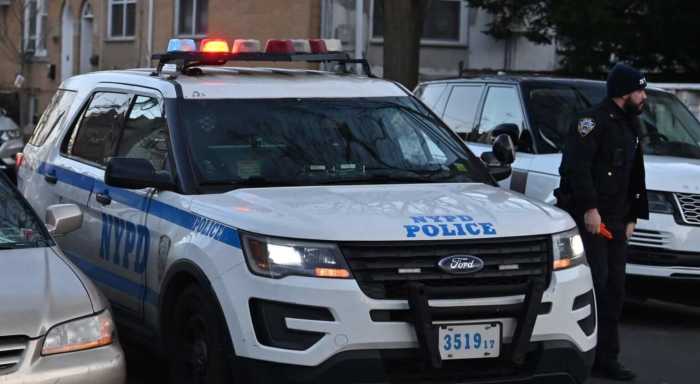By Lincoln Anderson
Starting at the Zoning Committee of Community Board 2 last Thursday night, the Greenwich Village Society for Historic Preservation kicked off its campaign to win support for its proposal calling on New York University to be “a willing partner” in locating a secondary campus in order to check the university’s continued expansion in the Village.
About 40 residents and community group members turned out in support of the idea, as Andrew Berman, G.V.S.H.P. executive director, made his case to the committee on why the time has come to put an end to N.Y.U.’s growth in the historic Village area.
“N.Y.U. is the largest private university in the United States and they are growing,” Berman said. “They are growing at a much faster pace than our neighborhood is. N.Y.U. has always been here. It should always be here. I don’t think the Village would be the Village if N.Y.U. wasn’t here. But I don’t think the Village can stay the Village if it is predominantly N.Y.U.”
Berman said it’s fortunate that N.Y.U.’s Medical School campus is located out of the Village – along First Ave. in the East 30s. He mentioned the announcement just earlier that morning of N.Y.U. Medical School’s plan to build the world’s largest child psychiatric treatment, research and training facility – a $200 million project – on First Ave. between 25th and 26th Sts.
“It is enormous,” he said of the university’s medical campus. “I shudder to think what would happen if those facilities were located in the Village. Thank God there is this secondary [medical] campus.”
The preservationist noted that even as the university’s enrollment has only grown a bit in recent years – according to N.Y.U.’s Web site, there was a combined increase of 1,600 students in all of its schools from 1995 to 2006 – there has been an explosion of new building projects by N.Y.U., such as the new Palladium and University Hall residences on E. 14th St., the Kimmel Student Center on LaGuardia Pl. and new School of Law building on W. Third St.
“Even if their numbers stay static, they’re going to continue to build,” Berman warned. “If they do have to grow, it should not be absorbed by this neighborhood.”
And if N.Y.U. doesn’t do new construction in the Village, but buys existing area buildings and retrofits them for its own use, it still means N.Y.U. is engulfing more and more of the Village, he said.
Doris Diether, a member of the Zoning Committee, pointed out that if the city’s community facilities zoning allowance was modified, N.Y.U. wouldn’t be allowed to put up such large buildings.
“If N.Y.U. couldn’t build oversized buildings under the zoning, it might get them to go somewhere else,” she said.
But Berman noted that while G.V.S.H.P. has certainly been a strong proponent of reforming the community facilities allowance, N.Y.U.’s dorms on Third Ave. only got a small bonus, about an 8 percent bulk increase, under this zoning, which only meant an additional one or two floors.
Of course, until about 1970, when N.Y.U. made the decision to expand in the Washington Square area, it maintained a secondary campus in the Bronx. As for possible locations for a new secondary campus, Berman suggested Governors Island, Long Island City, the Financial District and Brooklyn. The city, under the Bloomberg administration, is more than ever “looking for synergies” to develop new areas, and N.Y.U. should work with the city to take advantage of this trend to locate a secondary campus, he said.
The committee initially was unclear whether N.Y.U. had sent a representative to the meeting. David Reck, the committee’s chairperson, noted he had invited N.Y.U. to the meeting well in advance. However, Maria Derr, the board’s chairperson – who sat in on the meeting – said she wasn’t aware N.Y.U. had sent a representative.
In fact, Alicia Hurley, the university’s associate vice president of government and community affairs, was present and did come forward to address Berman’s argument. But she said N.Y.U. wasn’t ready to give an official response to the G.V.S.H.P. proposal, mainly because its campus planning team wasn’t available. “The planning team just couldn’t make it tonight,” she said. At another point, she said the reason the planning team wasn’t ready was because it’s “still hiring” and filling positions. “As we bring on the team more and more, we’ll be delving more into it,” she explained.
Nevertheless, on Dec. 19, Sharon Greenberger, the university’s new head of campus planning, addressed a community town hall meeting along with N.Y.U. President John Sexton at which development issues were discussed.
Hurley noted it makes sense for N.Y.U. to have its medical school on First Ave., since it’s near the V.A. and Bellevue hospitals. She said it makes sense that the university’s school of continuing and professional studies is located on 42nd St., since this is right in Manhattan’s central business district. N.Y.U. has its Institute of Fine Arts located on Fifth Ave., again, because this is near Museum Mile, she said.
“We’re actually not going to be defensive here,” Hurley said. “We would commit to, when appropriate, trying to relieve some of the pressure on the Village and Washington Square. We can only do this where it makes sense.” However, she then added, “The idea that we can take something, plop it down in another part of the city, is not even feasible academic[ally]…. The proposal’s timing, it’s a little jammed down our throat…. What would you do on a secondary campus? You’d plop something down somewhere and put a gate around it? What you are presenting is rather difficult for an institution to do.”
“If anyone is ramming stuff down the throat, I don’t think it’s the community,” said East Village resident Susie Shropp.
Berman suggested N.Y.U.’s school of economics might consider relocating to the Financial District, for example, where he noted its business school used to be before relocating to Washington Square.
The university’s increasing need for undergraduate dormitories is the real problem, said Elizabeth Langwith, part of the St. Ann’s Committee, which formed in opposition to N.Y.U.’s new 26-story dormitory project on E. 12th St. near Fourth Ave.
“The problem is N.Y.U. has 20,000 undergraduates,” Langwith pointed out. “Most of them are coming from out of state now and N.Y.U. is making a commitment to parents to house them for four years.”
Reck said he was concerned about the idea of an N.Y.U. secondary campus being “dumped” on another neighborhood. But Berman said he’s sure there are many neighborhoods that would welcome the institution’s presence.
Despite an articulate presentation by Berman, the vocal presence of the over three-dozen supporters of the plan in the audience and a committee itself that seemed largely behind the initiative, board chairperson Derr used her prerogative to say that the Zoning Committee would not pass a resolution last Thursday night. Instead, she said, the issue would be heard by a joint hearing of the Zoning Committee and the Institutions Committee next month.
Derr said that she wanted a full response from N.Y.U. officials and that she didn’t want conflicting resolutions from the two committees, but one, unified resolution, and that going through the joint committee would insure this.
“It’s premature,” Derr said of a Zoning Committee resolution being passed by the committee this month. However, sources said they thought Derr was not favorable to the resolution in general. She did not respond to calls for comment by press time.
Brad Hoylman, a vice chairperson of C.B. 2, contended that a resolution on the G.V.S.H.P. proposal isn’t necessary since the board already previously passed a resolution calling on N.Y.U. to share its long-range plans with the community. “I would argue the board’s already on record,” Hoylman said. “Certainly, the spirit of the board has always been more planning and cooperation” from N.Y.U. But Don MacPherson, another board member, was incensed, angrily stating – while jabbing his finger for emphasis – that if the committee failed to vote that night, “Then the community board doesn’t represent the community.”
Zella Jones of the Noho Neighborhood Association pleaded for a resolution that night on the issue, saying Noho is ground zero for new N.Y.U. building projects. Phil Mouquinho, also a member of the committee, told Berman, “I think you would have the majority of the [committee’s] vote,” but counseled that the board not rush things and that a joint hearing next month would be best. “Let’s kick it around with more than the 50 people who are here.”
Berman later said there was some confusion because Derr had not definitively told him before the meeting whether she would allow a resolution to be passed. “My assumption when I put this on the agenda was that we would have a resolution,” Reck said.
In the end, the committee did not pass a resolution per se supporting the N.Y.U. second-campus concept, but did approve a template of a resolution that the joint committee could conceivably use at its meeting next month.
“I want the community to go away tonight with some sort of statement that we are supportive of them,” Derr said after she O.K.’d the passing of the provisional resolution.
Berman next made his presentation to Community Board 3’s Zoning and Housing Committee on Tuesday evening Feb. 14.
“I expect a very different, and supportive, reception at C.B. 3,” Berman told The Villager beforehand. Indeed, after a half-hour discussion, the C.B. 3 committee on Tuesday night unanimously passed a resolution in support of the G.V.S.H.P. proposal.
Berman will next make his pitch to the C.B. 3 full board, which meets Tues. Feb. 28, starting at 6:30 p.m., at the Chinatown YMCA, at Middle School 131, at 100 Hester St., between Eldridge and Forsyth Sts.
The full board of Board 2 won’t vote on the issue when it meets this month on Thurs. Feb. 16 at 6:30 p.m. at St. Vincent’s Hospital, at 170 W. 12th St., in the cafeteria, and will have to wait to do so until one or more of the board’s committees pass a fully-fledged resolution on the issue.
“One of the good things I’ve heard is that the Institutions Committee only has four members, while the Zoning Committee has 10 members,” Berman said, anticipating he’ll “have the numbers” at the upcoming C.B. 2 joint committee hearing. “Almost all of the Zoning Committee members supported it. So I am very hopeful going into the joint committee hearing. I would hope it would be one man one vote, as they say – but I don’t know.”
